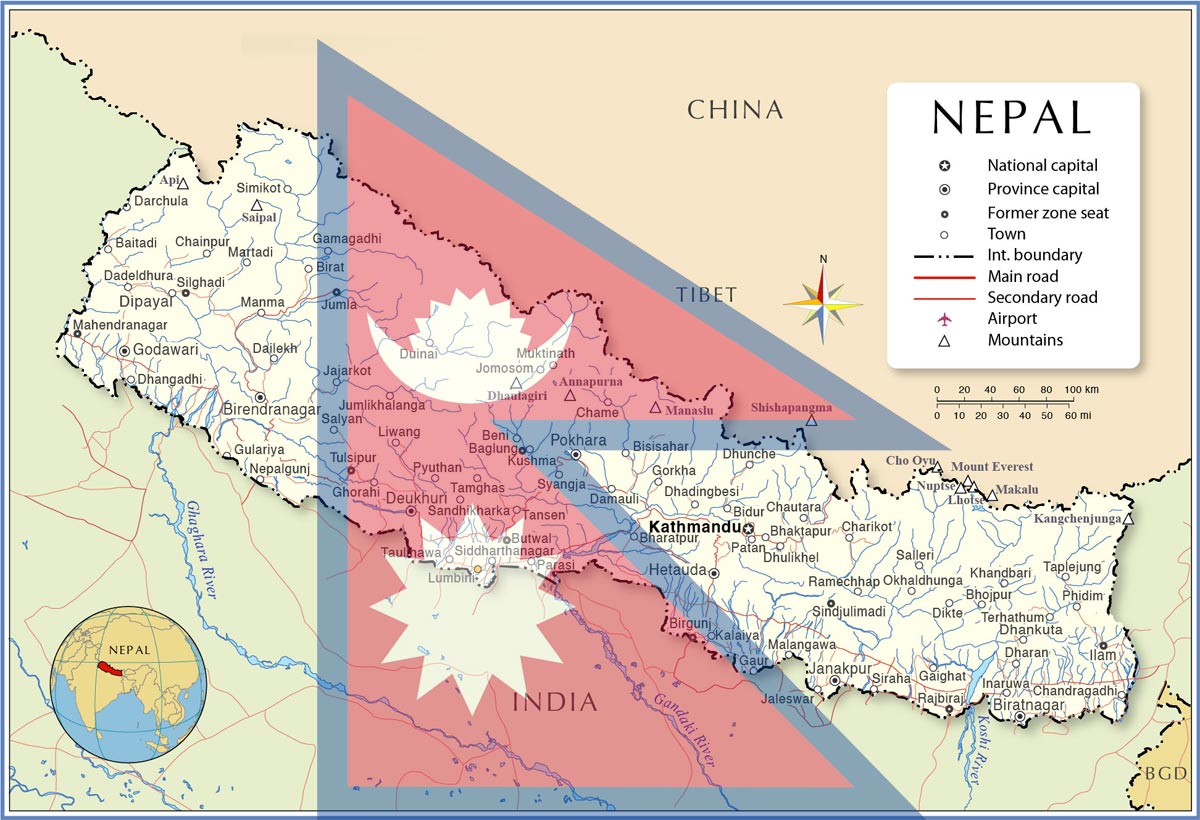
National Census 2078 Shows Education Investment Goals Unmet: Only 76.2% Literacy Rate
The National Census Results:
The recently released National Census results indicate that the government's investment in education has not yielded the desired results.
Lack of Literacy Rate Growth:
Despite a national campaign to eradicate illiteracy by 2015, the literacy rate has only grown by 10% in the last decade, from 65.9% to 76.2%.
Gap Between Expectations and Reality:
The Ministry of Education, Science and Technology estimated that the literacy rate in the census would be above 85%. Still, it fell significantly short, prompting a review of data collection methodology.
The Cost of Literacy Campaign:
The government has invested around 10 billion rupees since 2065 in educating those aged 15 to 60. Additionally, at least 70% of the state's annual budget is allocated to school education.
Responsibility for Literacy Campaign:
Educationist Professor Dr. Vidyanath Koirala believes that the literacy campaign was not successful because it was unclear who was responsible for making citizens literate. The government had entrusted the campaign to employees who are not people-oriented, which resulted in lackluster results.
Gender Disparity:
The literacy rate of men in Nepal is 83.6%, while that of women is 69.4%. The literacy rate of males and females was 75.1% and 57.4%, respectively, in the 2068 census.
Regional Disparities:
Bagmati Province has the highest literacy rate of 82.1%, while Madhesh Province has the lowest at 63.5%. The literacy rate of men and women is the lowest in Madhesh Province compared to other provinces.
District-wise Literacy Rates:
Kathmandu District has the highest literacy rate of 89.23%, while Rautahat District has the lowest literacy rate of 57.75%. The male and female literacy rates are 94.19% and 84.16%, respectively, in Kathmandu compared to other districts. In Rautahat, the literacy rate is 66.2% for men and 49.48% for women.
Overall, the National Census has highlighted the need for the government to review its approach to education and literacy campaigns to ensure that it achieves its desired outcomes. The disparities between different regions and genders also need to be addressed to ensure that education is accessible to all.
Data on Table Format:
|
Province/District |
Literacy Rate (%) |
Male Literacy Rate (%) |
Female Literacy Rate (%) |
|
Men |
83.6 |
83.6 |
- |
|
Women |
69.4 |
- |
69.4 |
|
Bagmati Province |
82.1 |
- |
- |
|
Madhesh Province |
63.5 |
- |
- |
|
Kathmandu |
89.23 |
94.19 |
84.16 |
|
Lalitpur |
88.8 |
- |
- |
|
Bhaktapur |
87.96 |
- |
- |
|
Kaski |
87.73 |
- |
- |
|
Chitwan |
83.68 |
- |
- |
|
Rautahat |
57.75 |
66.2 |
49.48 |
|
Mahottari |
59.77 |
- |
- |
|
Sarlahi |
60.31 |
- |
- |
|
Humla |
63.84 |
- |
- |
|
Bara |
64.54 |
- |
- |
From the above table, we can see that the literacy rates vary widely between districts and provinces, with Kathmandu having the highest literacy rate and Rautahat having the lowest. The male literacy rate is higher than the female literacy rate in all districts and provinces, but the gap is particularly wide in Rautahat. The average literacy rate for the country as a whole is 76.2%, which is lower than the Ministry of Education's estimate of 85%
Published on 26th March 2023





